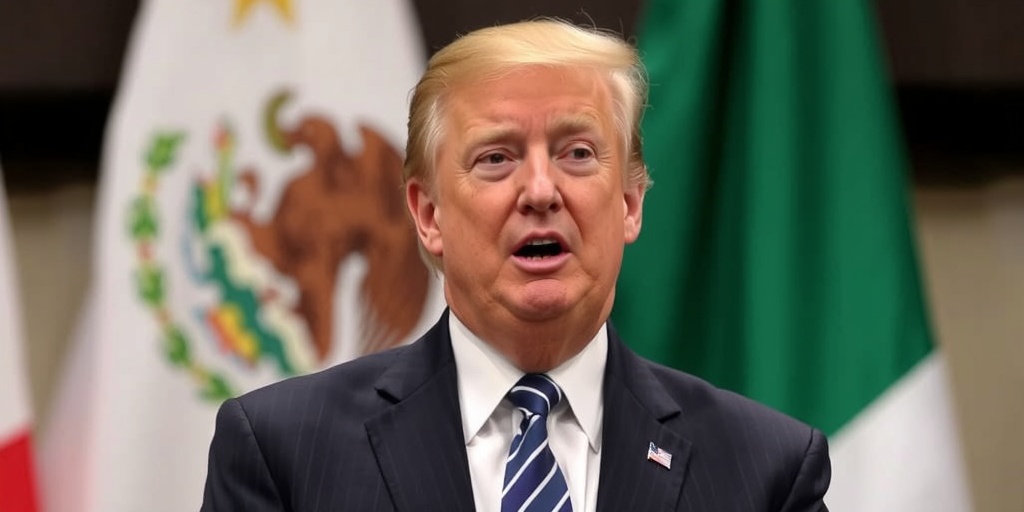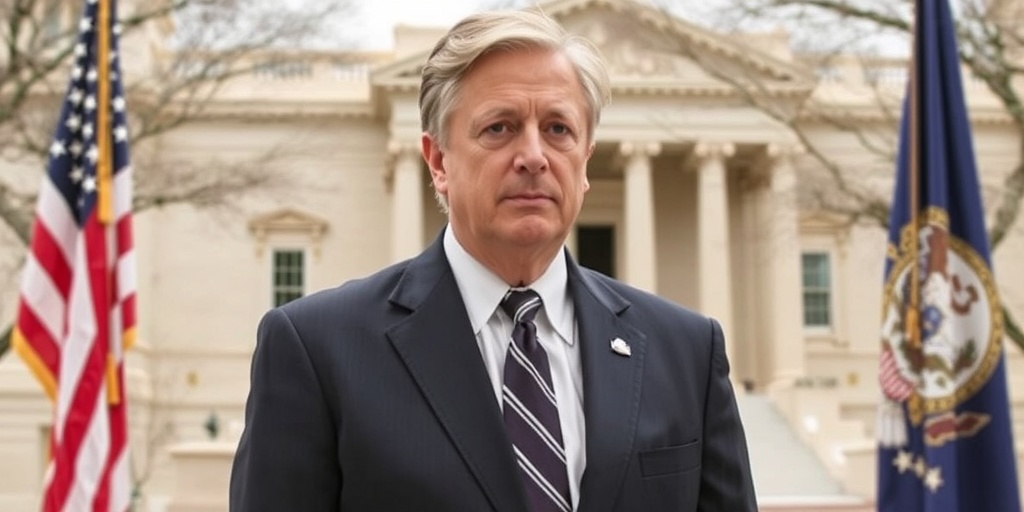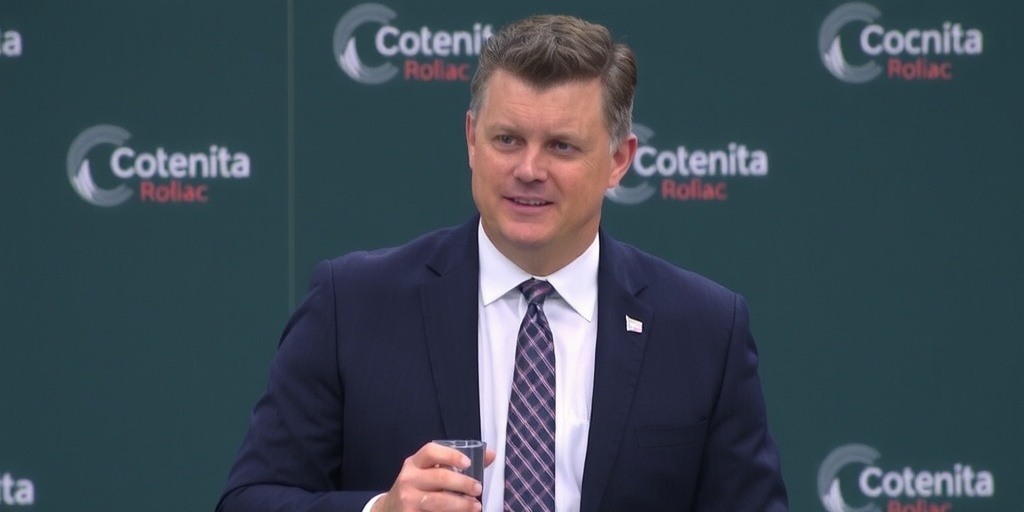Now Reading: Mexico Takes Action Against Immigration Chief to Address US Migrant Crisis
-
01
Mexico Takes Action Against Immigration Chief to Address US Migrant Crisis
Mexico Takes Action Against Immigration Chief to Address US Migrant Crisis

Crisis at the U.S.-Mexico Border: Tensions Rise Amidst Discontent Over Migrant Management
In October 2023, mounting frustrations among American officials regarding the migrant situation at the U.S.-Mexico border reached a boiling point. U.S. representatives claimed that the crisis had spiraled out of control and criticized Mexico for its insufficient efforts to manage the influx of migrants. This situation prompted an emergency meeting, during which Mexican Defense Secretary Luis Cresencio Sandoval González confronted Mexico’s immigration chief, Francisco Garduño Yáñez, with accusations of misleading both him and the Mexican president, Andrés Manuel López Obrador.
The meeting unfolded after Secretary Sandoval learned that the number of migrants crossing into the United States was far more significant than Garduño had reported. During the heated exchange, Sandoval angrily expressed his feelings of betrayal, accusing Garduño of concealing critical information that had led him to present false narratives about the migrant situation to the president.
The implications of Garduño’s alleged mismanagement of the migrant crisis were severe. He has been under fire not only for this situation but also for facing criminal charges related to a fire at a migrant detention center in Ciudad Juárez that killed 40 individuals in early 2023. As the U.S. anticipated a change in administration and an increase in deportation efforts, Mexico’s immigration strategy faced intense scrutiny.
Tensions grew between the two nations, particularly as Americans expressed their frustration over the perceived lack of action from Mexico. U.S. Secretary of State Antony Blinken and Homeland Security Secretary Alejandro Mayorkas were dispatched to Mexico City for urgent discussions. At this meeting, they informed President López Obrador that nearly 220,000 encounters with migrants had occurred at the U.S. southern border in September alone—an unprecedented figure.
Despite reports from Mexico’s migration agency indicating that they had encountered five million migrants from 2018 to 2024, the Internal Ministry reported only half that number. This disparity raised concerns about the credibility of the Mexican government’s figures and its handling of migration issues. American officials urged further action from their Mexican counterparts, asking them to disrupt larger groups of migrants making their way to the U.S. and to reconsider the visa-free travel policies that had facilitated illegal border crossings.
During an emergency session held in Tapachula, a city that serves as a transit point for migrants, the interior secretary grilled Garduño about the migration permits being issued. This dangerous practice allowed many asylum seekers to travel northwards, bypassing potential detainment. Recognizing the imminent crisis, she ordered that Garduño’s agency would no longer be able to issue migration permits independently, stripping him of significant authority.
The fallout from this decision was swift, plunging thousands of asylum seekers into legal uncertainty and vulnerability to criminal exploitation. After a brief pause, Mexico resumed issuing permits, but the volume had drastically reduced, with only about 3,500 permits granted in the subsequent year, compared to nearly 130,000 the year before.
In late 2023, as figures showed a slight decrease in migrant encounters following the emergency meeting, another crisis hit when it became public that Garduño had halted numerous operations at his agency in response to government budget cuts. This abrupt cessation of migrant deportation flights and reduced oversight led to a surge in migrants heading towards the U.S. border. December 2023 saw the highest number of migrant encounters in history at the U.S.-Mexico border, overwhelming American border patrol agents and leading to significant security responses, including the shutdown of certain land crossings.
In January 2024, a renewed collaboration between Mexico and the U.S. resulted in a decrease in illegal border crossings by fifty percent. Mexico deployed additional military personnel to control migration and dismantled migrant caravans attempting to reach the U.S. border.
Following the election of Claudia Sheinbaum as president of Mexico, it was anticipated that significant changes would occur within the country’s immigration policies. Garduño, still facing the repercussions of the detention center fire, remained a controversial figure within the administration despite calls for his resignation. As he navigated these complexities, the future of U.S.-Mexico relations regarding immigration remained uncertain, with significant implications for the incoming Trump administration committed to stringent enforcement measures.
As Mexico’s government confronted these challenges, the need for an effective and humane approach to migration persisted, both for the sake of the migrants seeking refuge and for the diplomatic relationship with the United States, which is increasingly sensitive to rising public concerns about immigration ahead of the 2024 elections.
Stay Informed With the Latest & Most Important News
Previous Post
Next Post
-
 01New technology breakthrough has everyone talking right now
01New technology breakthrough has everyone talking right now -
 02Unbelievable life hack everyone needs to try today
02Unbelievable life hack everyone needs to try today -
 03Fascinating discovery found buried deep beneath the ocean
03Fascinating discovery found buried deep beneath the ocean -
 04Man invents genius device that solves everyday problems
04Man invents genius device that solves everyday problems -
 05Shocking discovery that changes what we know forever
05Shocking discovery that changes what we know forever -
 06Internet goes wild over celebrity’s unexpected fashion choice
06Internet goes wild over celebrity’s unexpected fashion choice -
 07Rare animal sighting stuns scientists and wildlife lovers
07Rare animal sighting stuns scientists and wildlife lovers





















